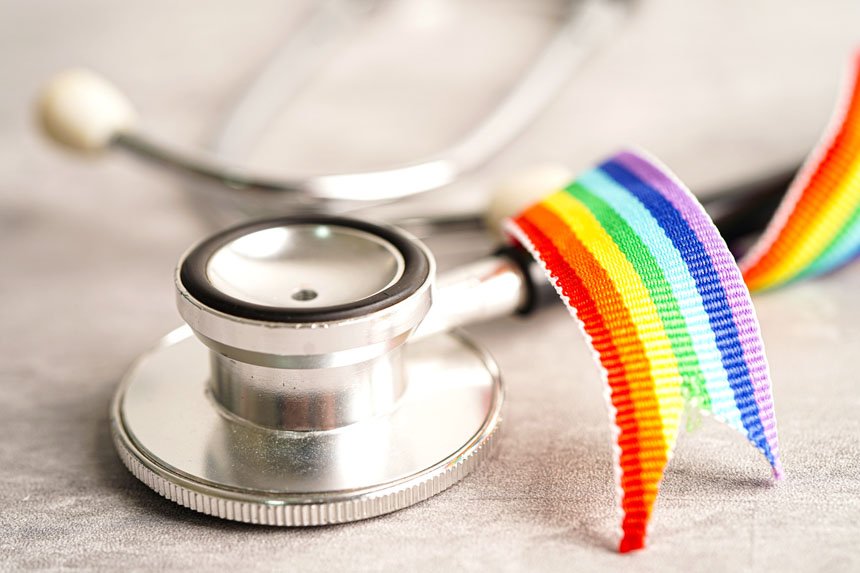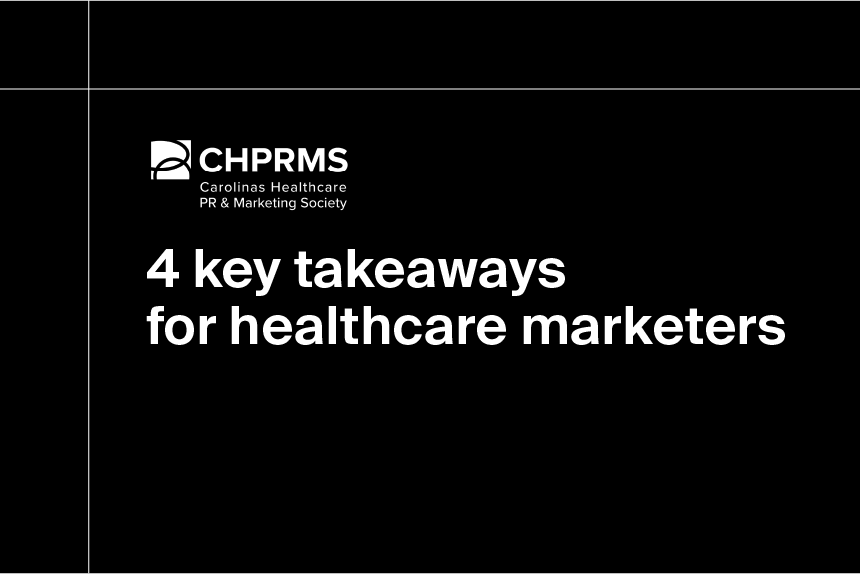It's not all rainbows—Reflecting on trends in LGBTQ healthcare for Pride 2023
Jun 29th, 2023

Since 1970, June has been a period of affirmation and celebration for the LGBTQ community. A month of parades and parties—like the fantastic one held at our Framingham office last week—gives LGBTQ folks and our allies the chance to honor the struggle for dignity, recognition, and equal rights through joy and togetherness.
June is also a time for remembrance and a monthlong reminder that there’s plenty more progress to be made. The struggle we honor was crystalized in the 1969 Stonewall Inn uprising that birthed Pride Month, and it continues today in our streets and legislatures, as well as within the households, organizations, and institutions that line our social fabric.
America’s healthcare system is one institution that has seen promising progress and yet continues to underserve the LGBTQ community in disappointing ways. In recognition of Pride Month, let’s take a look at the latest trends—for better and for worse—impacting LGBTQ healthcare.
For worse: State lawmakers pursue unscientific bans on transgender care
Thanks to decades of activism, increased representation in popular culture, and protective legislation, the 1.6 million-plus transgender people living in the U.S. are more visible than ever. But along with that visibility comes a backlash against trans folks’ basic rights: to receive gender-affirming care, to publicly present as the gender by which they identify, and even to use the bathroom that aligns with their identity.
A 2022 Pew Research survey found that most Americans favor protecting transgender people from discrimination in jobs, housing, and public spaces. However, just 31% oppose criminalizing gender-affirming care for people under 18, with a full 41% in favor of banning care for trans youth.
The good news? Five U.S. states have announced legal protections for trans healthcare. The bad? Twenty U.S. states have already enacted bans, with another seven currently considering bans—some extending to trans adults up to age 26.
These bans are rooted in politics rather than science. Research has demonstrated that gender-affirming care, including the use of puberty blockers and hormones, is associated with considerably lower rates of depression and suicidality for trans and nonbinary youth in the short and long term.
Multiple clinical studies have found provider-supervised testosterone and estrogen therapy to be safe and effective in adults and children, for whom puberty-blocking hormone treatment is reversible. Furthermore, this treatment is endorsed by nearly every leading medical group representing more than 1.3 million physicians, according to the Transgender Legal Defense and Education Fund's Trans Health Project.
Politicians may gild these bills with half-hearted “think of the children” messaging, but it’s kids who will likely suffer most. The Williams Institute at the UCLA School of Law reported that more than 300,000 high school-aged trans kids lived in the U.S. as of June 2022, with three in 10 living in states that have already passed bans on gender-affirming care and more than 13% living in states considering bills to restrict care. In March, the Williams Institute estimated that 144,500 transgender youths have lost access to care or are at risk of losing access due to pending legislation.
This loss of access to care amounts to forced detransitioning for many young people, inevitably resulting in avoidable mental health crises as well as new barriers to the pursuit of routine healthcare for an already stigmatized and underserved population. For deeper insight into these challenges and the transgender experience in healthcare and beyond, I highly recommend you check out our conversation with Dr. Ben Haseen, an openly transgender author, health advocate, and physician, on the Definitively Speaking podcast.
For better: Efforts to destigmatize, improve access for LGBTQ people in healthcare continue
The state of healthcare for LGBTQ people isn’t as rosy as we’d hope, but there are signs of progress.
For years, the U.S. Food and Drug Administration (FDA) prohibited or severely restricted blood donations by men who have sex with men. Gay and bisexual men were originally banned in order to protect the blood supply from HIV, but under FDA guidance issued in January, blood donation centers moved to an individual risk assessment model in March 2023.
Not only does this mean that more people are eligible to donate blood—welcome news in a country where more than half of community blood centers operate with two days of supply or less—but it also helps to combat the AIDS-era stigma that gay and bisexual men are unclean or even dangerous due to their sexual preferences.
We can see the unintended consequences of this stigma in the early treatment of the mpox emergency—formerly referred to as monkeypox—in 2022. In the West, mpox was almost exclusively sexually transmitted between gay and bisexual men, but out of fear of stigmatizing this population, most early reports either buried the lead or didn’t mention sexuality at allhttps://www.nytimes.com/2023/04/16/opinion/gay-men-mpox.html.
This framing may have been done with good intentions, but as a result, the media and health authorities essentially failed to warn the most vulnerable population of the risks they faced. By the time the U.S. government declared an end to the mpox emergency in January 2023, there had been more than 30,000 cases and 42 deaths.
It’s easy to see how stigma can range from inconvenient and embarrassing to deadly for LGBTQ people, especially when it prevents them from seeking or receiving the care they need. On the brighter side, many providers and care networks have opened centers and service lines specifically catering to the needs of LGBTQ folks in the last several years. This year has seen the introduction of inclusive care spaces by major players serving thousands of patients, including NYC Health and Hospitals and Cedars-Sinai in Los Angeles.
Most recently, legislators in both chambers of Congress are looking to legally protect the LGBTQ community at the federal level through the introduction of an amendment to the Civil Rights Act of 1964 that would prohibit discrimination on the basis of gender identity and sexual orientation.
Whether the Equality Act could pass in our contentious political climate remains to be seen. Still, the idea of nationwide protections for equal healthcare, housing, employment, and education—currently only signed into law in 22 states and outright opposed in one—is at least one more thing to be hopeful for as Pride Month comes to a close.
Learn more
The healthcare landscape is constantly evolving, and the state of LGBTQ care is no different. Whether you’re working directly with LGBTQ patients or developing solutions that support their care, you can be more effective by leveraging the latest news, intelligence, and data on the procedures and diagnoses that impact the community. Sign up a free trial of the Definitive Healthcare platform today to see how you can do more with healthcare commercial intelligence.



